DNVN - Singapore, a country with no natural freshwater resources, has successfully solved its water shortage by developing four pillars of water supply and applying advanced desalination technology.
Singapore has no natural fresh water sources.
According to Deutsche Welle International Radio (Germany) on October 1, fresh water is an essential resource that directly affects the economy and people's health. Singapore, with a population of about 6 million, is not only a global financial center but also a leader in innovative water management solutions. This country has turned the challenge of water shortage into an opportunity, becoming a model for managing scarce resources.

Singapore has no natural freshwater resources and was once ranked among the most water-scarce countries. After gaining independence in 1965, Singapore identified water self-sufficiency as a key factor for development and developed a comprehensive water management plan.
Singapore's Four Pillars of Water Supply
The country has developed four pillars of water supply called the “National Tap”: imported water, desalinated water, water from local storage sources and recycled water (NEWater). To secure supplies, Singapore has signed agreements with Malaysia, which supplies half of its water needs. However, tensions between the two countries over this issue are growing, with Singapore forecast to stop importing water by 2061, prompting it to focus on improving the efficiency of its three remaining water sources.
Jon Marco Church, a UN water management expert, stressed the importance of comprehensive water planning: “The goal is to make the most of every drop of water.” Singapore has invested billions of dollars in water collection and treatment infrastructure, ensuring its canals and sewers remain clean.
Singapore currently has five desalination plants, which provide 25% of the country’s total water supply. These plants not only function as water purification facilities but are also integrated into the urban landscape. Singapore aims to increase desalination capacity to 30% of its water needs by 2060, although water imports will still play a significant role.
Singapore also uses two-thirds of its land area to collect rainwater. Rooftop water is channeled through pipes and drains into a system of rivers, canals and reservoirs. The 10,000-hectare Marina Barrage project not only collects fresh water but also helps prevent flooding. The Singapore government plans to use 90% of its land area for rainwater harvesting by 2060.
Along with infrastructure solutions, Singapore has implemented public awareness programs on water conservation. The country has subsidized water-saving appliances and developed technology to help people manage water consumption.
Singapore also excels in wastewater treatment. At a cost of $10 billion, the country has built a state-of-the-art wastewater treatment system that efficiently reuses water. “All wastewater is collected, treated, and reused as much as possible,” says Jon Church of the United Nations. Singapore currently recycles 30% of its water needs and aims to increase this to 55% by 2060.
Singapore's water recycling technology is advanced, with processes such as microfiltration, reverse osmosis and UV irradiation. Recycled water is not only used for domestic needs but also for industries that require clean water such as chip manufacturing.
Singapore is a prime example of how a country can turn a challenge into an opportunity through effective water management. With a long-term vision and heavy investment in infrastructure and technology, Singapore is not only meeting its water needs but also contributing to sustainable development in the future. Singapore’s success story is not just about water, but also about innovation and adaptability in harsh conditions.
Viet Anh (t/h)
Source: https://doanhnghiepvn.vn/cong-nghe/cach-singapore-giai-quyet-tinh-trang-thieu-nuoc-ngot/20241003081951579


![[Photo] Promoting friendship, solidarity and cooperation between the armies and people of the two countries](https://vstatic.vietnam.vn/vietnam/resource/IMAGE/2025/4/17/0c4d087864f14092aed77252590b6bae)
![[Photo] Prime Minister Pham Minh Chinh and Ethiopian Prime Minister visit Tran Quoc Pagoda](https://vstatic.vietnam.vn/vietnam/resource/IMAGE/2025/4/17/18ba6e1e73f94a618f5b5e9c1bd364a8)
![[Photo] President Luong Cuong receives Kenyan Defense Minister Soipan Tuya](https://vstatic.vietnam.vn/vietnam/resource/IMAGE/2025/4/17/0e7a5185e8144d73af91e67e03567f41)
![[Photo] Warm meeting between the two First Ladies of the Prime Ministers of Vietnam and Ethiopia with visually impaired students of Nguyen Dinh Chieu School](https://vstatic.vietnam.vn/vietnam/resource/IMAGE/2025/4/17/b1a43ba73eb94fea89034e458154f7ae)
![[Photo] Welcoming ceremony for Chinese Defense Minister and delegation for friendship exchange](https://vstatic.vietnam.vn/vietnam/resource/IMAGE/2025/4/17/fadd533046594e5cacbb28de4c4d5655)
![[Photo] General Secretary To Lam receives French Ambassador to Vietnam Olivier Brochet](https://vstatic.vietnam.vn/vietnam/resource/IMAGE/2025/4/17/49224f0f12e84b66a73b17eb251f7278)
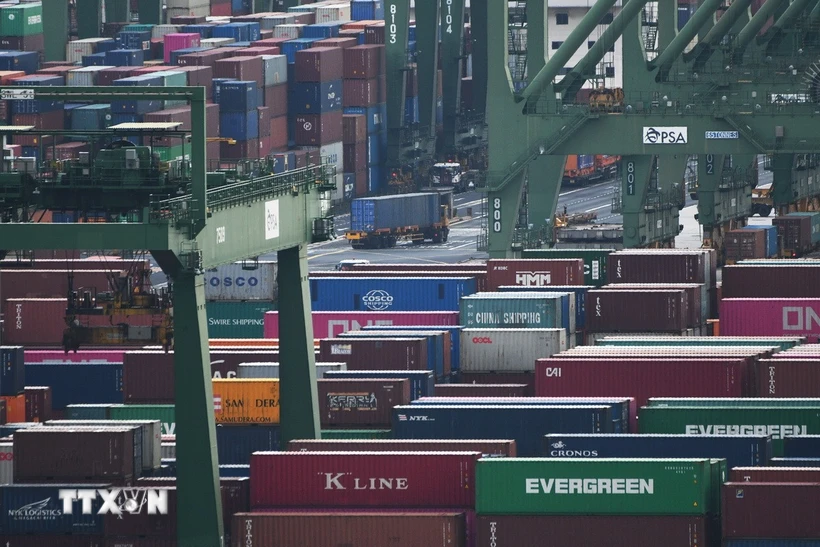

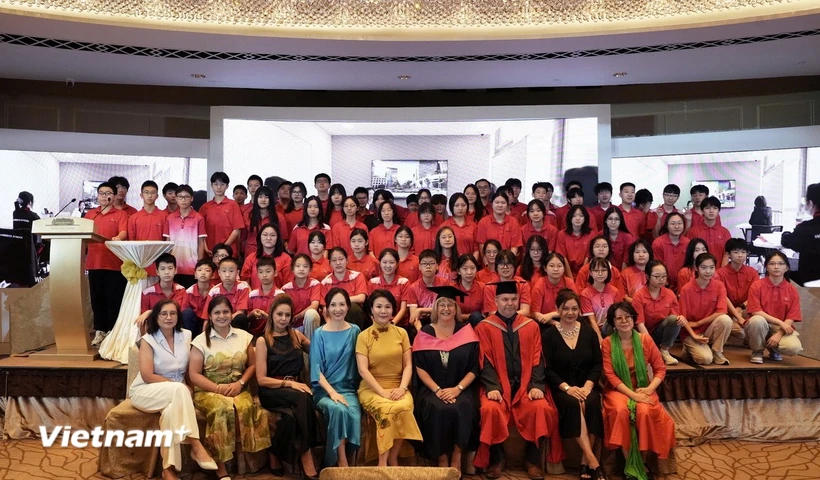








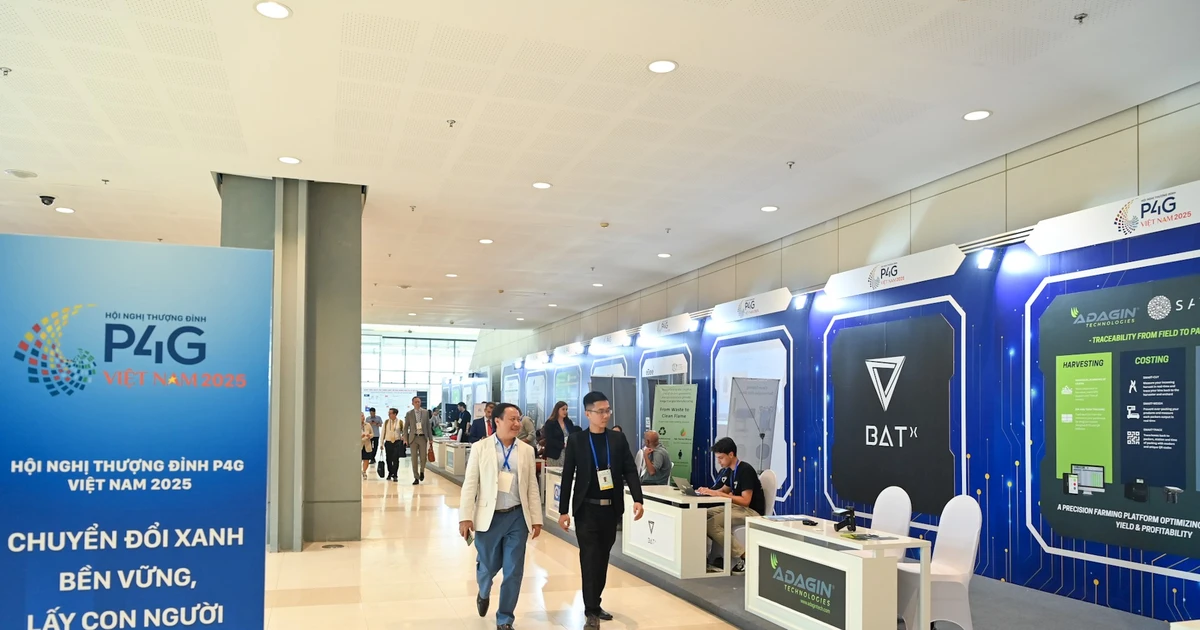


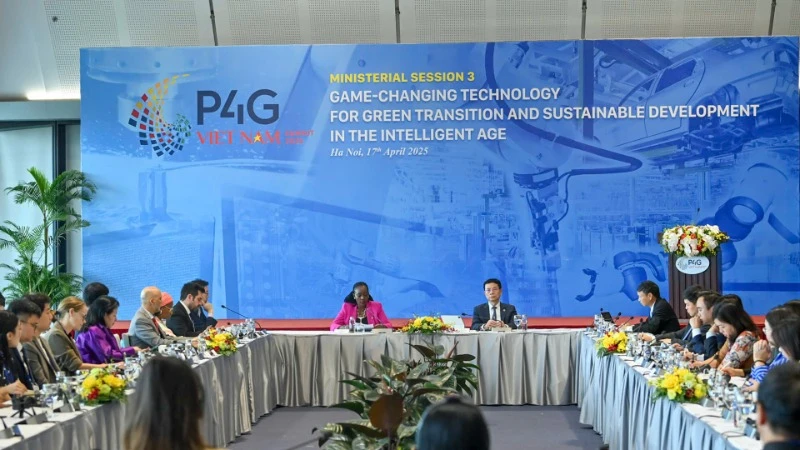
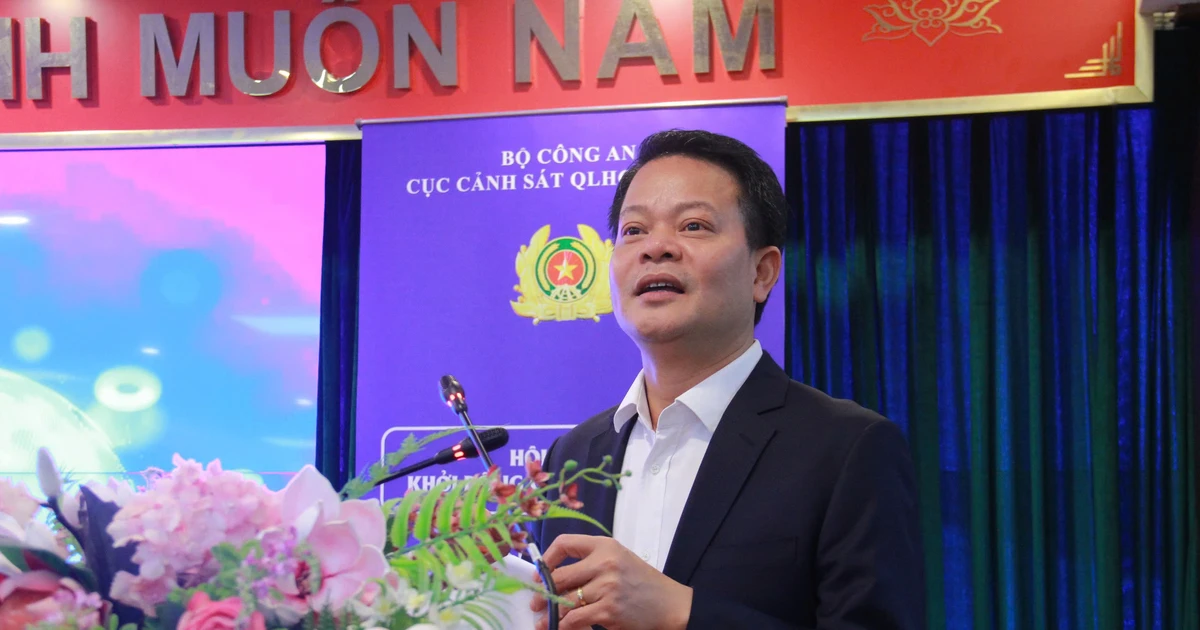




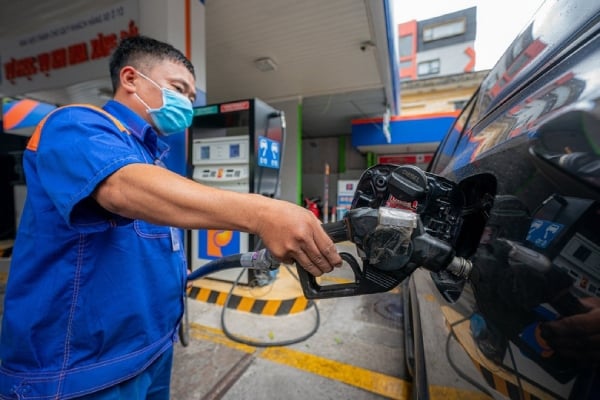

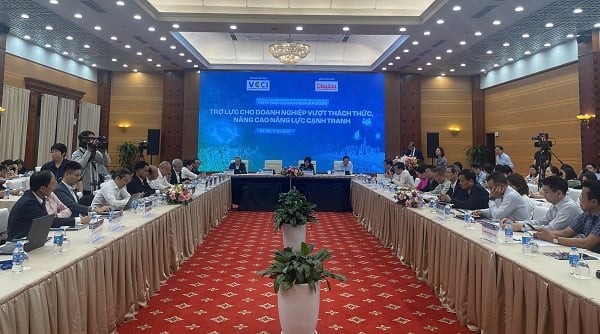
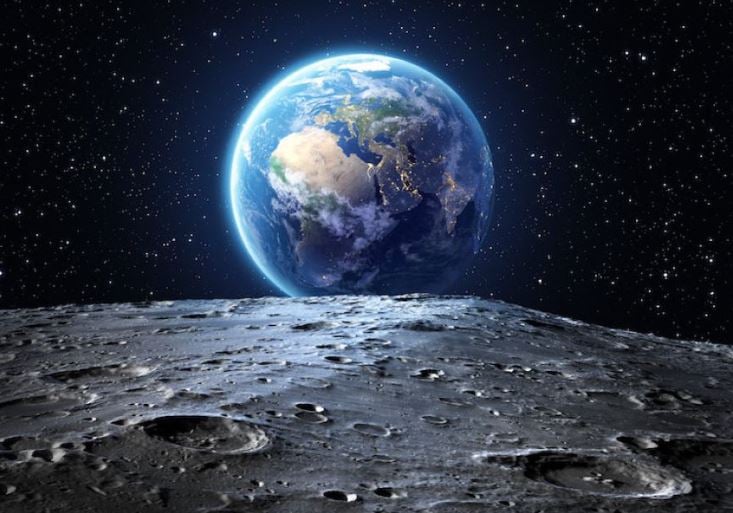

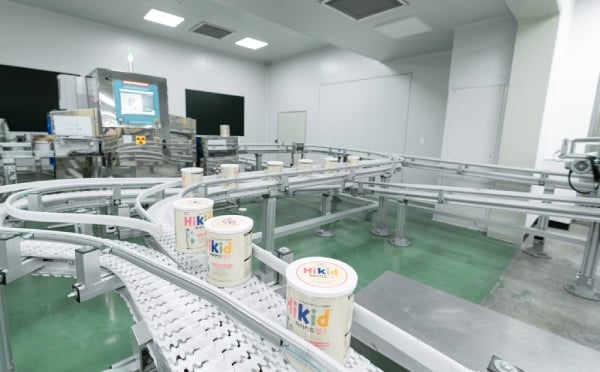













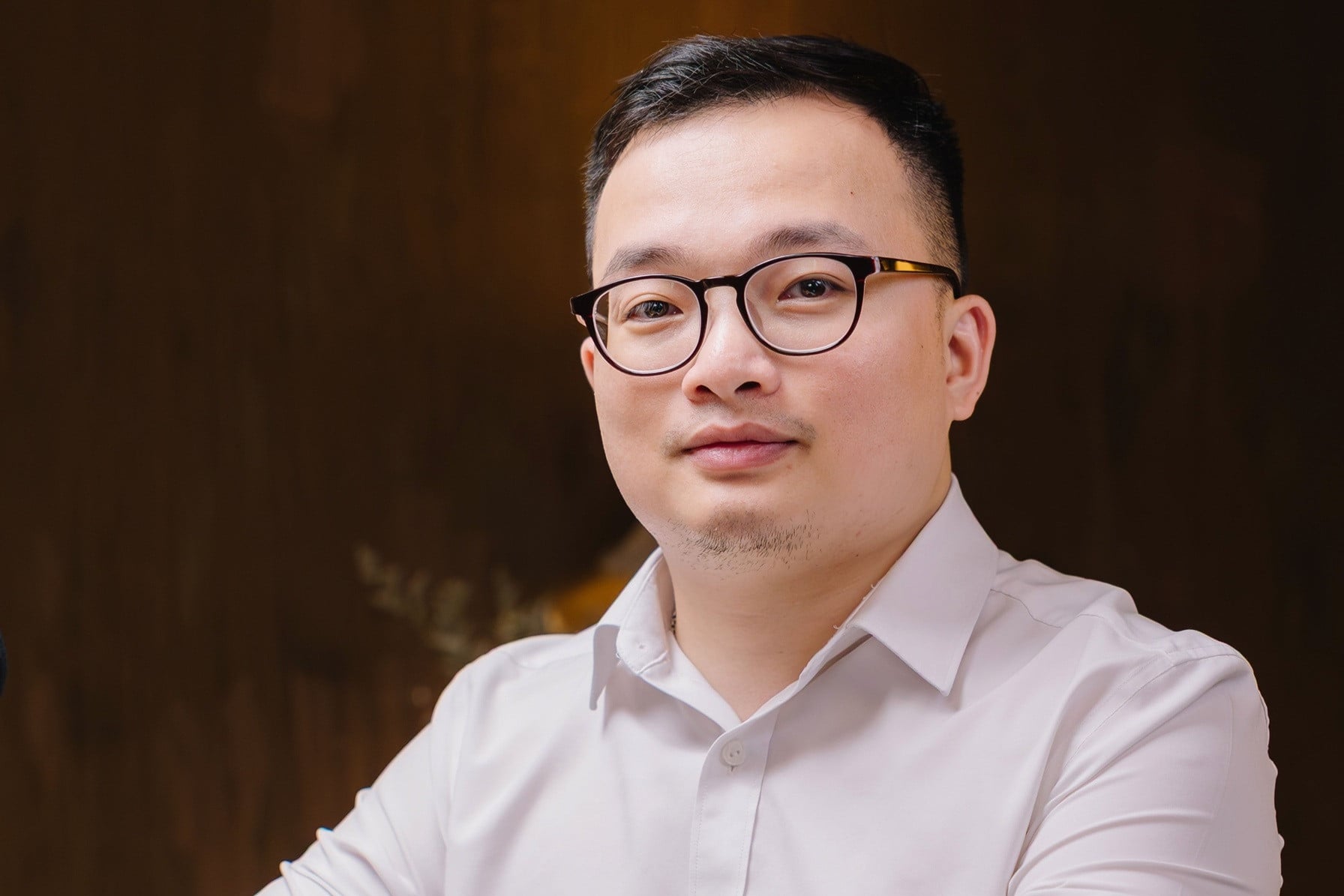












![[Video] Viettel officially puts into operation the largest submarine optical cable line in Vietnam](https://vstatic.vietnam.vn/vietnam/resource/IMAGE/2025/4/17/f19008c6010c4a538cc422cb791ca0a1)

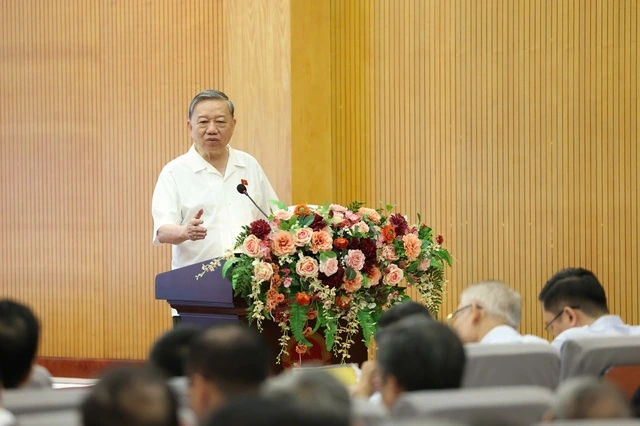



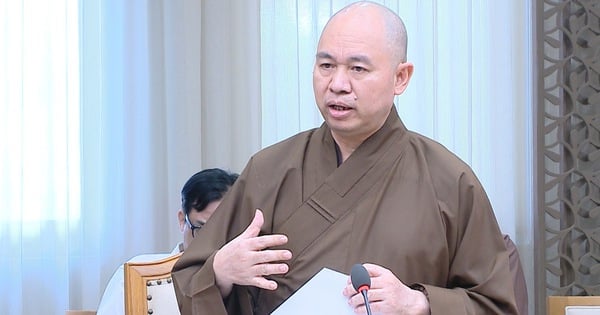

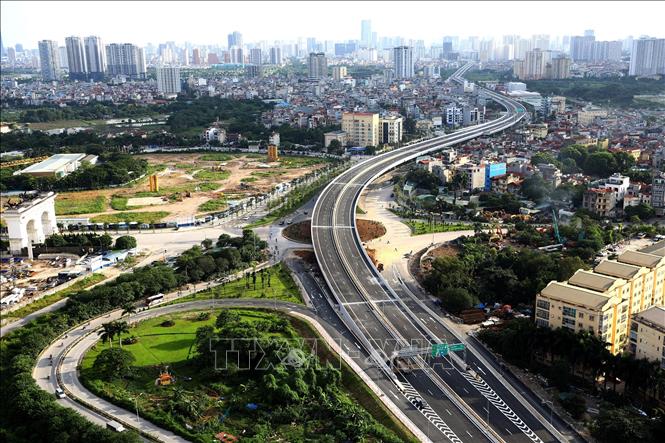

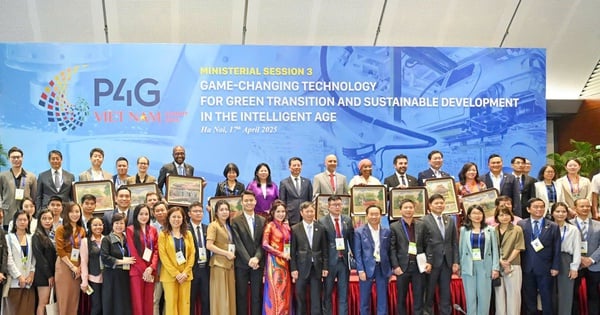



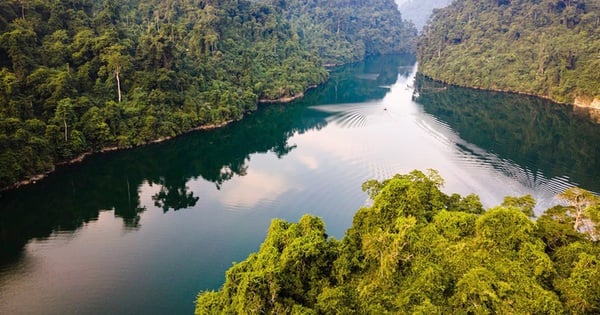
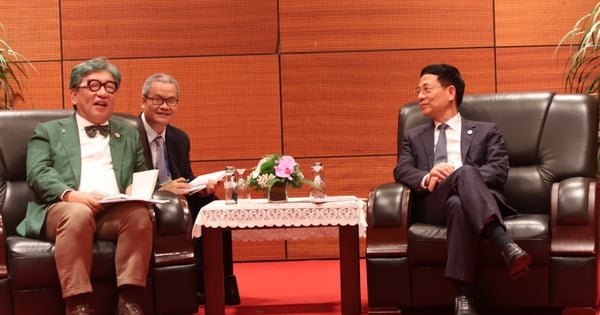
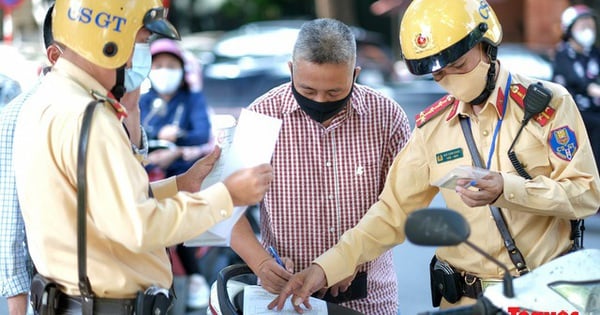
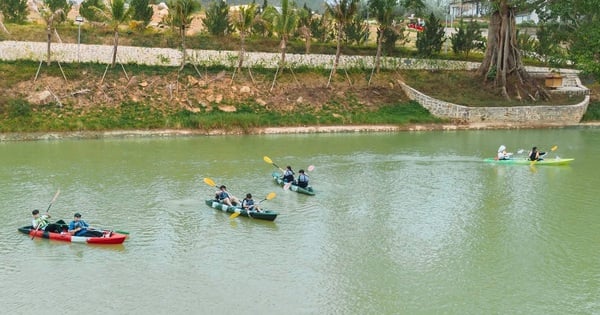




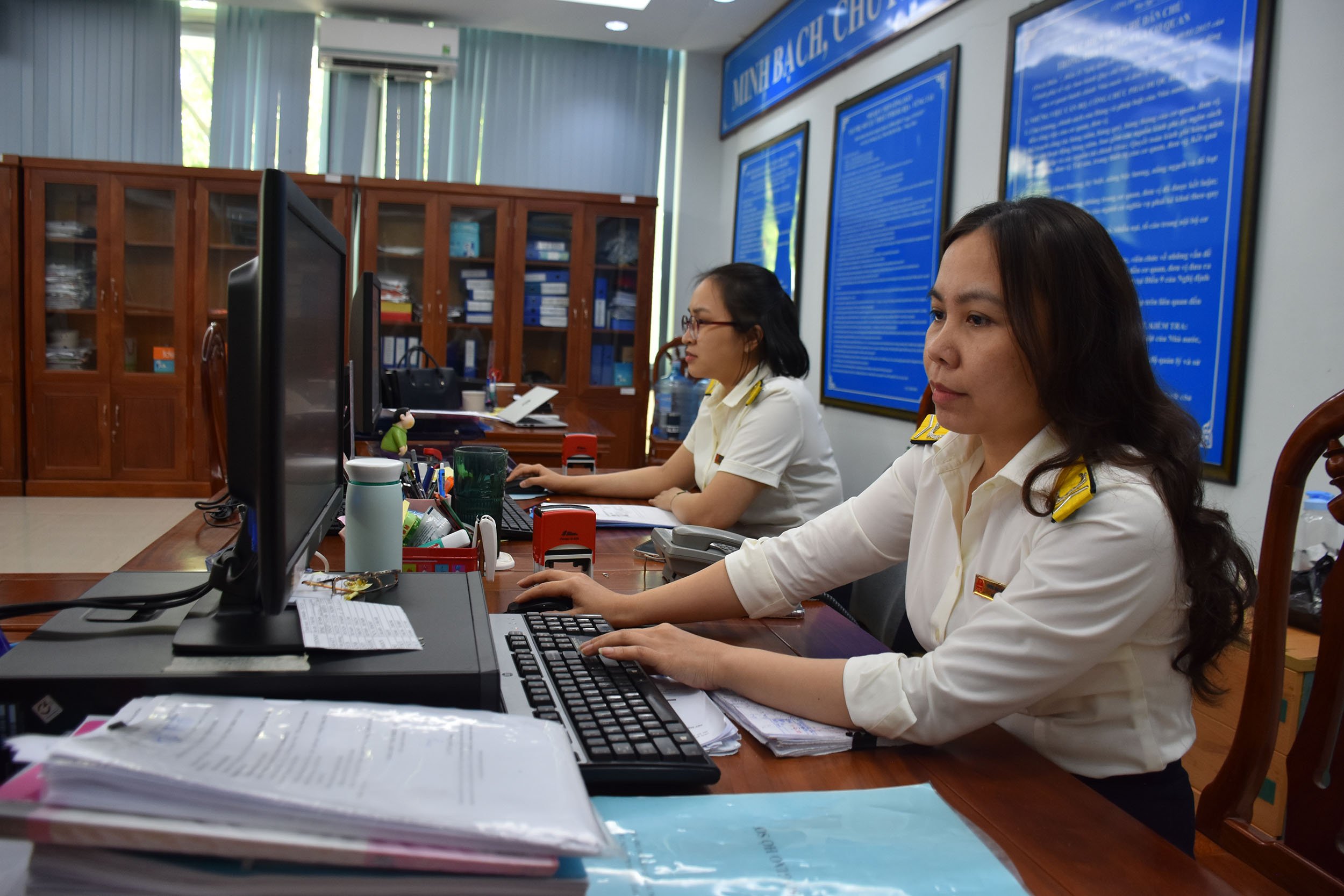




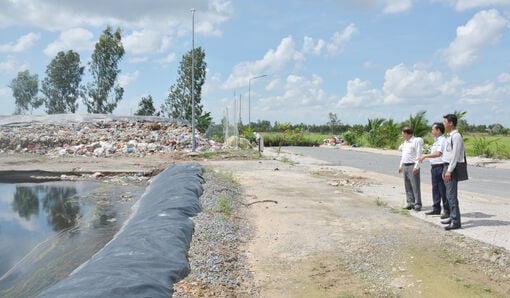











Comment (0)